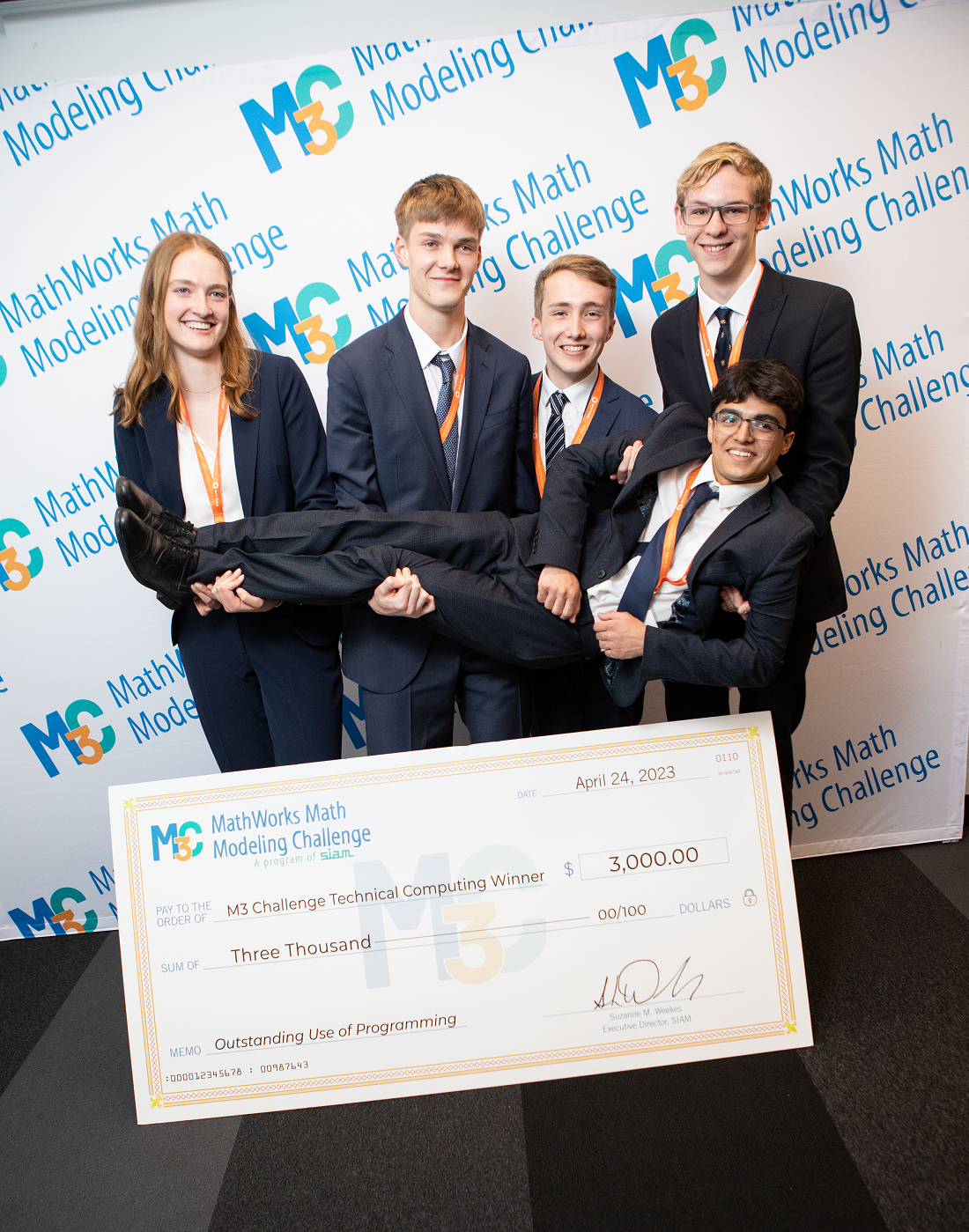Judge Commentary
Kelly Black, Ph.D., Department of Mathematics and Computer Science, Clarkson University
Water is a vital and scarce resource in the American West. This was recognized early during the settlement of the American West, and a number of policies have been implemented to deal with the problems associated with the scarcity of water. One important policy has been to recognize the importance of the different water sheds and to ensure that water is shared amongst the states that span the region. The Colorado Compact of 1922 was one action used to ensure that water is shared in an equitable manner
The students who took part in the 2011 Moody’s Mega Math Challenge were asked to focus on Lake Powell, which is a focal point for the water flowing out of the upper basin of the American West. Student teams were asked to model the water levels in Lake Powell based on a range of possible inflows. The teams were also asked to address three questions.
Before discussing the details of each question we first provide an overview of the process of how the submissions are judged. Next, an overview is given for the modeling of the reservoir. Then each of the three questions is discussed in turn: the economic impact, sensitivity of the model, and recommendations.





